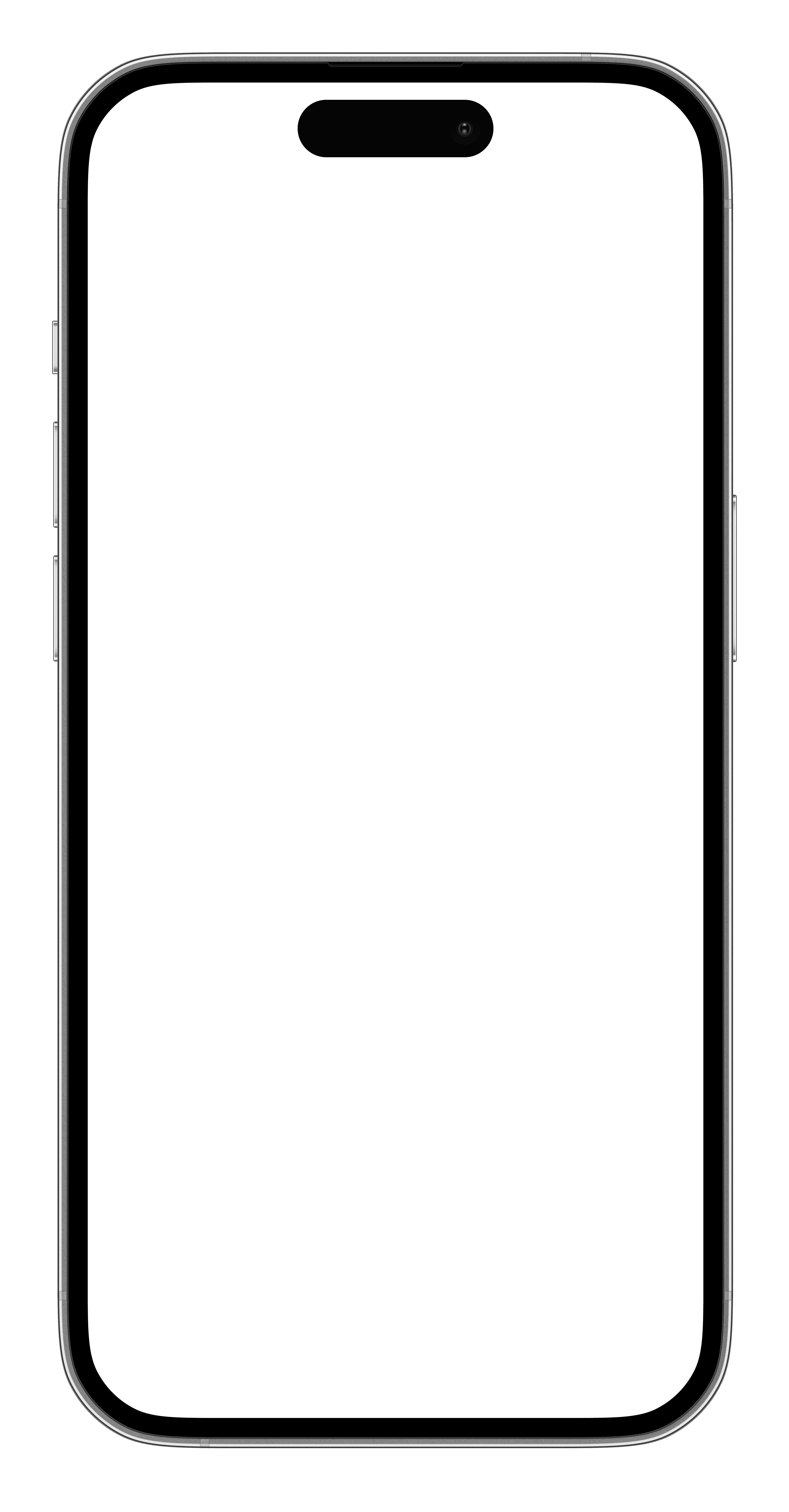Login & registration
Client
SiriusXM
Service(s)
UX/UI
Industry
Ecommerce
Year(s)
2019-2024
Programs used





One of my most involved projects during my time at SiriusXM, login and registration (later known as “sign in/sign up” in the app integrated version, which was led by Varun Nambiar) involved the twice over redesign and streamlining of the user onboarding and sign in experience. Throughout the project’s lifespan of approximately 4 years, I was the lead UX/UI designer on web and worked with multiple product managers, various business analysts, and countless developers.
Research and process
Throughout all stages of this project, I worked closely with a product owner (three different ones over the project's lifespan) and consulted with business analysists who provided extensive historical knowledge about the login and registration flows.
For the research process, we looked at drop-off points via analytics in flows to pinpoint friction points, taking on the extensive process of laying out potential user flows, as seen in these user scenarios:
Our competitive analysis differed from prior projects. While we examined experiences from music streaming competitors (e.g. Spotify, Apple Music), we also examined services like cable/satellite television providers and mobile phone sellers, due to these services having multiple subscriptions under one account.
We utilized UserTesting and in person testing sessions frequently as we wanted to test everything with every type of user, ranging from former/current SiriusXM customers to users who had never used SiriusXM before.
Selected design changes
Scroll to see notations.




Result
Overall, the redesigns were a net positive for the company, increasing app downloads from onboarding flows by 15% and new customer account registrations by 29%. Subsequent tests showed a significant change in customer satisfaction rating upon completing the flows, with users commenting that the flows were now "easy to follow and understand.”
The drop-off of users abandoning flows or having to contact customer support due to prior dead ends fell from 26% to nearly 1%.











